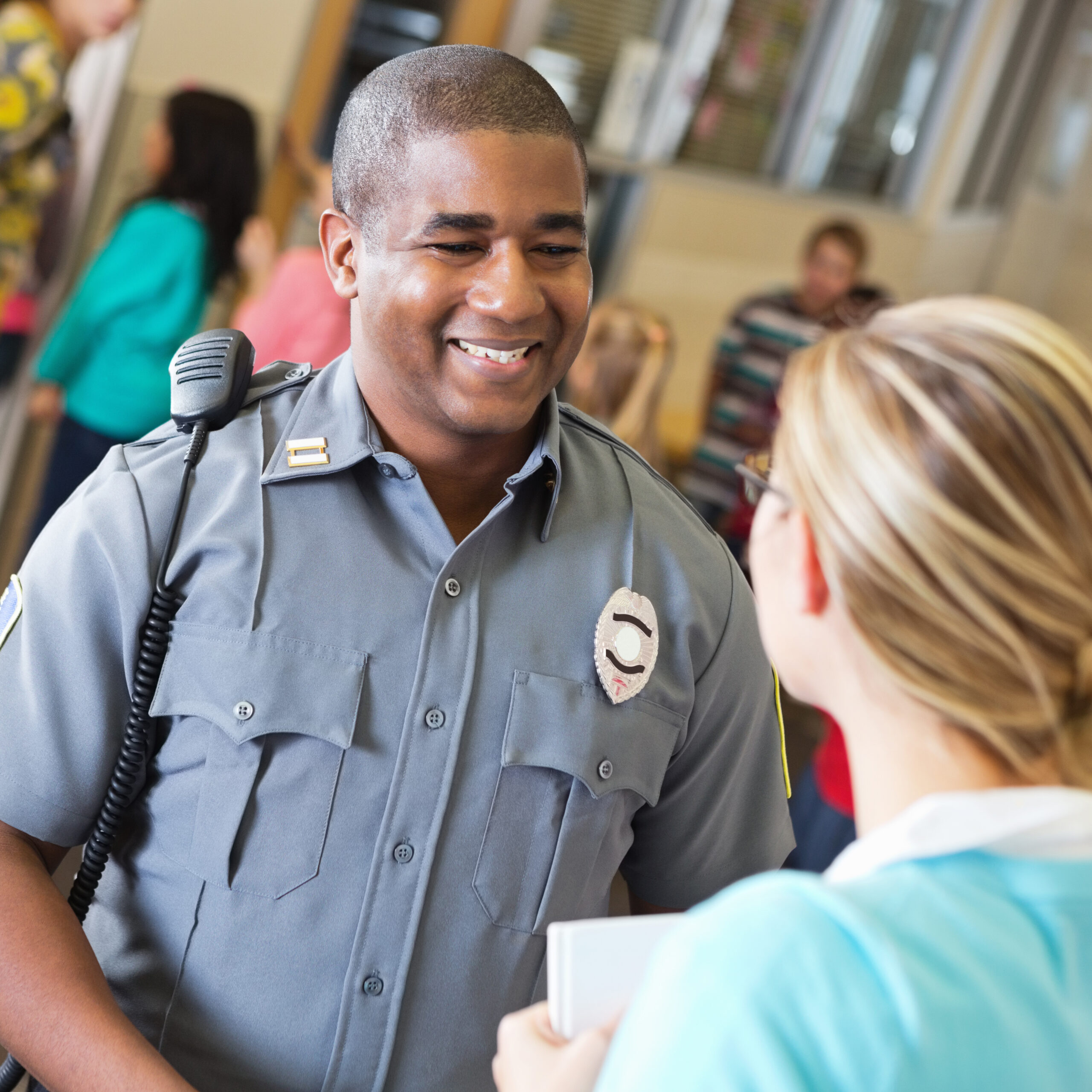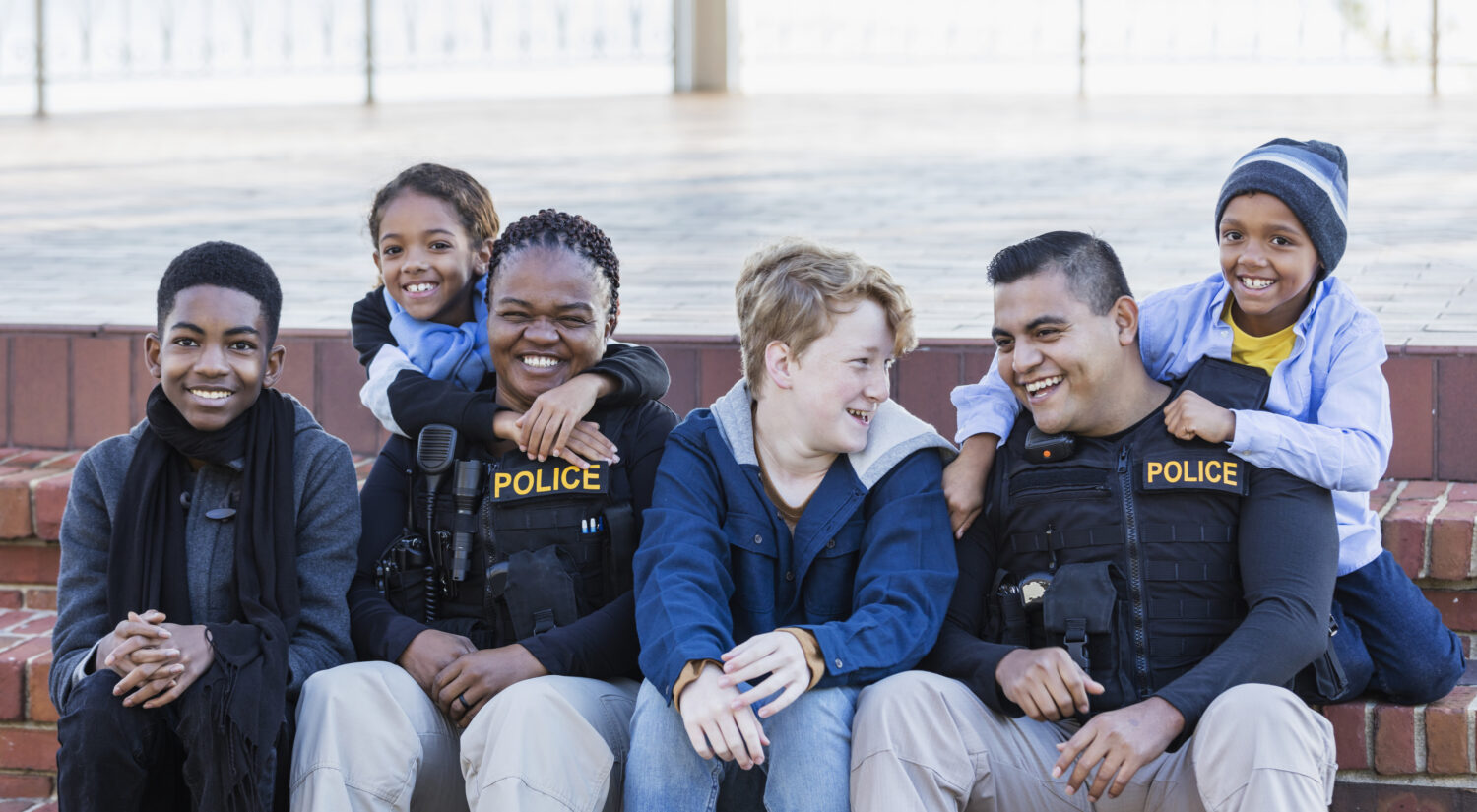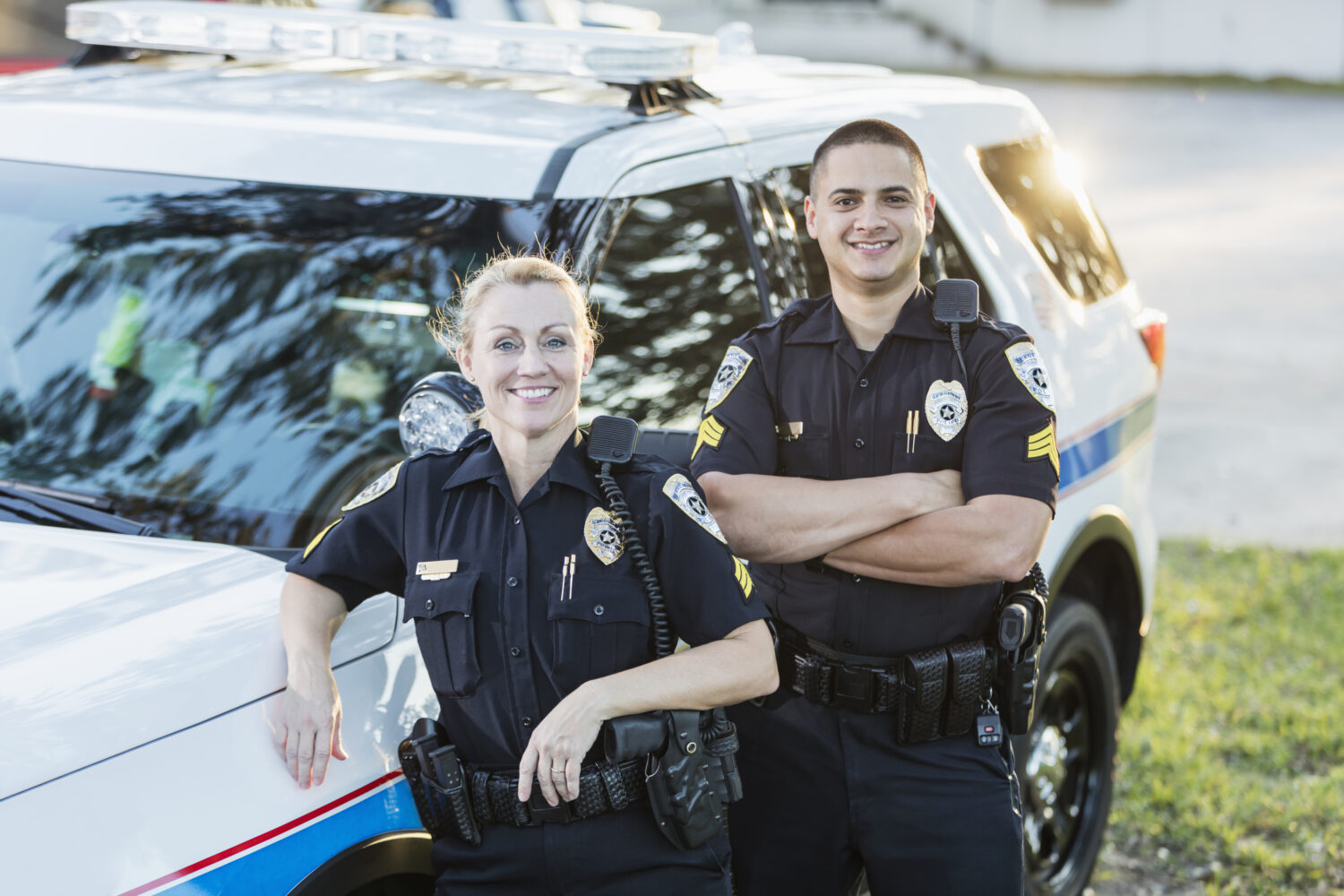Local partnership
Safe2Tell partners with local law enforcement agencies, school resource officers, and emergency responders to respond to critical, life-saving reports.
Safe2Tell relays information from the reporting party to local multidisciplinary teams. Local law enforcement are vital collaborators in responding to reports, and below are some best practices for law enforcement members responding to these reports.
“The Summit County Sheriff’s Office believes that Safe2Tell [is] an invaluable asset for students, staff, and law enforcement to work together to address a gambit of issues within our community such as bullying, suicide, sexting, planned attacks, and domestic abuse/assault. Being that Safe2Tell allows [for] reporting of mental health related issues, [our] co-responder SMART team [can] provide rapid mental health support to students in need. Safe2Tell is an exceptionally efficient way for a community to work together to respond to and prevent issues surrounding our kids and our schools.”
Sheriff Jaime FitzSimons, Summit County Sheriff’s Office

Helpful guidelines for handling Safe2Tell reports
Each Safe2Tell report requires a response, and the responding parties must maintain the anonymity of the reporting party who is protected by Colorado State Law (C.R.S. Section 24-31-601 et seq.). Click the link below for suggestions to aid in successfully responding to, and reporting back on, Safe2Tell reports.
Who should receive reports?
Your organization determines what the practice or procedure will be for routinely handling Safe2Tell reports. Below are examples of individuals law enforcement agencies might select to receive reports electronically and via text:
- School Resource Officer
- Sergeant
- Commander, Chief, and/or Sheriff
- Communications Center Supervisor
- Communications Center Staff
If you need to update your Safe2Tell report recipient contacts, please use our recipient updates form.


What is the appropriate action?
Common report outcomes
Below are the most common report outcomes and their definitions.
This outcome may be utilized by law enforcement to notify local partners that no action will be taken by law enforcement at this time on the report.
This outcome is used when there is no evidence to support the claim of the reporting party. There is also no probable cause the report was malicious in nature. For example, the reporting party states they overheard their classmate talking about suicide. Upon investigation, the classmate used the phrase “kill me now” in a sarcastic manner. Although there is no concern for suicidal ideation, the report was submitted in good faith with a desire to help.
This outcome is used when a lockdown (all doors locked, lights out, students/staff silent and out of sight) has been initiated as a result of a Safe2Tell report.
This outcome is used when a lockout/secure perimeter (everyone inside and exterior doors locked) has been initiated as a result of a Safe2Tell report.
This outcome is used when there is no evidence to support the claim of the reporting party, and there is probable cause that the report was not submitted in good faith. For example, a student intentionally making a report about another student to get them in trouble.
2024 School Resource Officer Training Video Request Form
If you would like access to the 2024 School Resource Officer training video, please fill out the form below.
High functioning Safe2Tell teams
Safe2Tell has compiled a resource guide encompassing best practices from local multidisciplinary teams. The suggestions focus on improving Safe2Tell culture through strengthening the paradigms of school and law enforcement administration, technical operations of the report management software, and messaging to students.
If you are a School Resource Officer looking for Safe2Tell resources, you may find training and promotional materials in the schools section.


